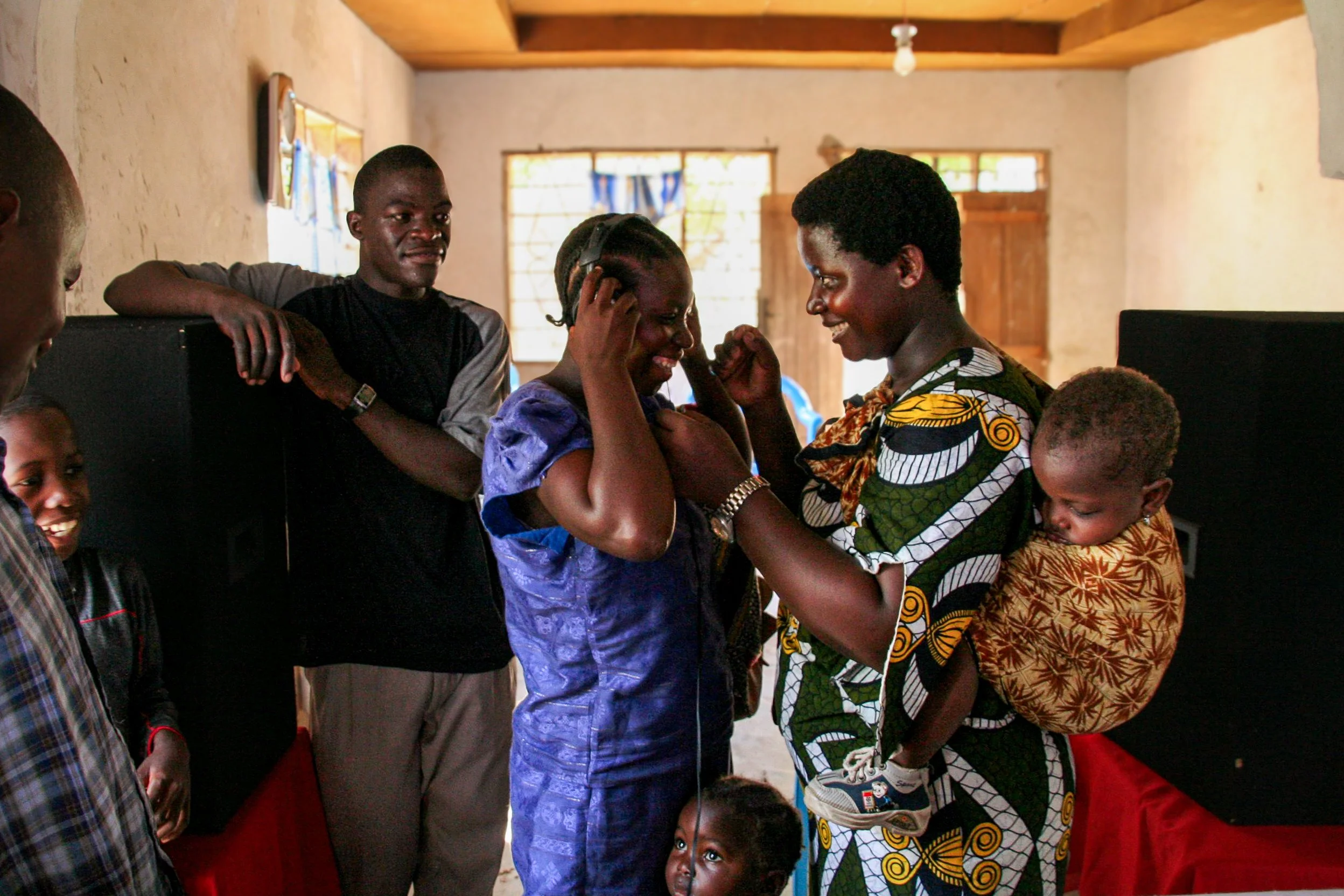TANZANIA 2006/7
“Spiritual Afflictions, Bodily Misfortunes: Health, Illness, and Penecostalism in Tanzania”
Pentecostalism is the fastest growing Christian movement worldwide, accounting for one out of every four Christians. Of this growth, some of the most remarkable developments have been taking place in sub-Saharan Africa, where Pentecostal congregations are becoming the main expression of Christianity. Recognizing spiritual healing as a cornerstone of Pentecostal doctrine, I studied the development of Pentecostalism in Tanzania, focusing on its role in shaping local conceptions of health and illness in a post-socialist country experiencing the effects of neoliberal policies. My aim was twofold: first, to examine the dynamics underlying the phenomenal growth of Pentecostalism in a nation being transformed by urbanization and the implementation of structural adjustment policies (SAPs); and second, to analyze the relation between the expansion of Pentecostal healing practices and the declining popularity of “traditional” healers in a context of medical pluralism.
My ethnographic fieldwork, over the course of five months, centered on a Pentecostal church in a predominantly Muslim village south of Dar es Salaam. I carried out participant observation by being involved in the everyday life of the pastor and his family. I also attended as many church functions as possible; this included morning sermons and worship sessions, evangelical training seminars, choir practices, and spontaneous meetings in the sanctuary. Much of my knowledge about local village life was gleaned from my inclusion in the pastor’s network of Christian friends. In collaboration with my research assistant, I conducted in-depth, open-ended life history interviews with the pastor, members of the congregation, Muslim leaders, and local adult residents and workers. These discussions were concerned with reasons for conversion, understandings of salvation, ideas about health and illness in the village context, and perceptions of the main problems facing local residents.
Importantly, the church offers its adherents networks of healing and support, and the spiritual means to make sense of and negotiate the everyday processes of globalization and urbanization. This is particularly pertinent in contemporary Tanzania, where the World Bank’s and International Monetary Fund’s implementation of SAPs is compromising networks of social services and security. Additionally, my research suggests that “traditional” healing is not as popular or believed to be as efficacious as the anthropological literature has argued. Through understanding and working with local healers, the logic goes, local needs are better met through local means. Recently, however, scholars have noted that perceptions of and interactions with “traditional” healing and healers may not be as affirmative and uniform as formerly assumed. My findings show how “traditional” healing is increasingly discussed in terms of distrust and negativity among the Pentecostal community, with the sense that it has diminished in efficacy. This then calls for a reconsideration of the position of “traditional” healing – heralded as a viable vehicle for the improvement of health initiatives in poverty-stricken areas – amidst religious healing, biomedicine, and other sources of treatment in East Africa.













